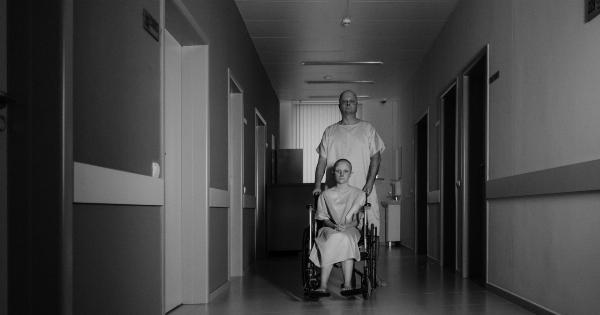Over the years, medical advancements have unfolded numerous breakthrough innovations to improve the lives of individuals battling various diseases.
One such remarkable development is artificial ovary technology, which offers hope and solace to women undergoing cancer treatment. This groundbreaking technology is poised to revolutionize fertility preservation and restore reproductive capabilities for those affected by cancer.
In this article, we delve into the intricacies of artificial ovary technology, its potential implications, and the hope it brings to women worldwide.
Understanding Cancer Treatment and its Impact on Fertility
Cancer treatments, such as chemotherapy and radiation therapy, have proven to be effective in combating cancer and saving lives. However, these treatments often come with adverse effects on reproductive health, leaving patients at risk of infertility.
For women, the impact can be particularly devastating as it affects their ability to conceive and bear children.
The Significance of Fertility Preservation
Fertility preservation has emerged as a crucial aspect of cancer treatment, offering individuals the opportunity to preserve their reproductive capacity before undergoing therapies that may harm their fertility.
Traditional methods of fertility preservation, such as cryopreservation of eggs or embryos, have limitations and may not be viable for some patients. This is where artificial ovary technology steps in, offering a promising alternative.
What is Artificial Ovary Technology?
Artificial ovary technology involves creating an artificial ovary in the laboratory, which mimics the natural structure and function of the ovary.
This innovative solution aims to provide a safe and effective method for preserving fertility in cancer patients, ultimately allowing them to fulfill their desire for motherhood after successful cancer treatment.
The Science behind Artificial Ovary Technology
Artificial ovary technology comprises several complex and synergistic steps. The process typically begins by extracting ovarian tissue from the patient before undergoing cancer treatment.
Next, the ovarian tissue is carefully processed to obtain follicles containing immature eggs. These follicles are encapsulated using biocompatible materials, forming the artificial ovary.
The artificial ovary is then exposed to the patient’s body in a controlled manner, promoting the maturation of the eggs and allowing them to develop naturally.
Promising Results and Future Implications
The potential implications of artificial ovary technology are immense. Preliminary studies and experiments have shown promising results, with successful egg maturation and even successful pregnancies reported in some cases.
This breakthrough technology not only offers hope to cancer patients but also has the potential to assist women facing other conditions that affect fertility.
Ethical Considerations and Safety Concerns
While artificial ovary technology presents exciting possibilities, it also raises ethical considerations and safety concerns. Extensive research is required to ensure the safety, reliability, and long-term effects of this technology.
Additionally, discussions surrounding access, affordability, and the psychological impact on patients must be addressed.
Collaborative Efforts and Advancements in Research
Artificial ovary technology is an area of ongoing research, with scientists and medical professionals from around the globe working together to advance this revolutionary solution.
Collaborative efforts are essential in ensuring that this technology evolves and becomes a viable option for women facing fertility challenges due to cancer treatment.
The Importance of Education and Awareness
Education and awareness play crucial roles in ensuring that women are informed about the available options for fertility preservation.
Empowering patients with knowledge about artificial ovary technology and its potential benefits allows them to make well-informed decisions about their reproductive health and future.
Legislative and Societal Support
As artificial ovary technology progresses, it is essential for legislation and societal frameworks to support its development and implementation.
Ensuring access and affordability for all women, regardless of their socioeconomic status, can make a significant difference in providing equal opportunities for fertility preservation.
Celebrating Hope and Empowerment for Women Worldwide
Artificial ovary technology has the potential to reshape the lives of women undergoing cancer treatment, offering hope, empowerment, and the opportunity to realize their dreams of becoming mothers.
As research continues, this revolutionary solution promises to be a beacon of hope for countless women worldwide.


























